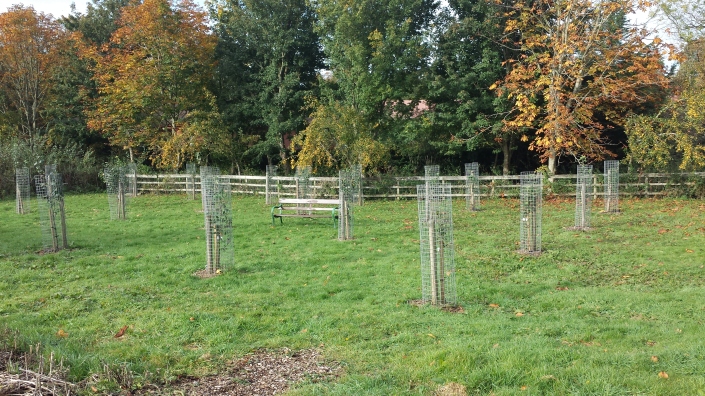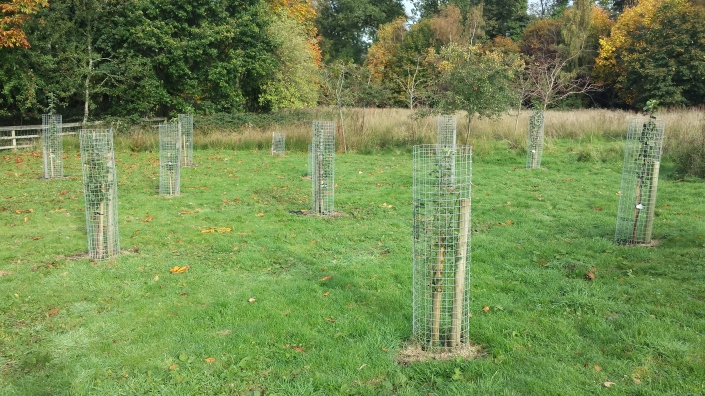Month: October 2016
It’s a’ for the apple he’ll nourish the tree
Today, Friday 21st October, marks Apple Day in the UK. We at the Robert Burns Birthplace Museum have been lucky enough this year to open an orchard consisting of 39 trees in the smallholding beside Burns Cottage. The orchard has 28 different varieties of tree, many of which are Scottish in origin, and we are grateful to the organisation ‘Scottish Fruit Trees’ who supplied us with them, as well as advising us on their selection.

In 1756, William Burnes (Robert’s father), took lease of the 7 acres of land around Burns Cottage. The following year, he built the first two rooms of what went on to become the four roomed Cottage that we know today, but it was always his plan to create a market garden on his land – he called this the ‘New Gardens’ project. Burnes was an ‘improver’ and sought new ways of doing things, evident in both his building of Burns Cottage and in his plans for the smallholding. As well as his own land, he worked as a gardener for a John Crawford at Doonside House in Alloway, and had previously been involved in the landscaping of Edinburgh’s Hope Park – now the Meadows.
Unfortunately for William, his New Gardens project did not prosper. Today, over 250 years later, the National Trust for Scotland is trying to recreate some of his ideas, starting with the orchard which was officially opened in July this year.
The national celebration of Apple Day was launched in 1983 by Common Ground, intended to raise awareness of the biodiversity and ecology that we are in danger of losing. Over the years, events celebrating apple day have increased, and have grown in scope – for example encouraging people towards healthy eating. As a lover of nature, Robert Burns would no doubt have been delighted to see his father’s project taken forward, and would have enjoyed watching the trees in our orchard grow year by year. We’ve already been able to watch our trees grow nicely over the last 3 months, and are looking forward to future opportunities to make more of our smallholding here at Burns Cottage!

We hope wherever you are today you’re able to celebrate Apple Day one way or another – why not let us know what you’re doing or send us some pictures?

